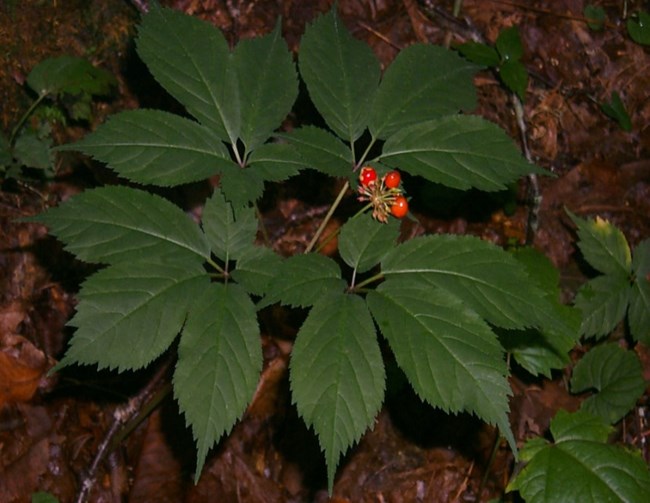
Photo by Gary Kauffman
The Blue Ridge Parkway has complex geology, topography and climate, including a 5,400-foot elevation range, high annual rainfall rates (100 inches-plus), and the long geologic stability of the Appalachian Mountains, which all contribute to its unusually high biodiversity. The parkway is home to 1,614 species of vascular plants, 45 amphibians (the highest number in any NPS unit), 24 globally rare plant communities, and numerous rare plant and animal species, including nine that are federally-listed as endangered or threatened.
Natural resource concerns at the parkway include invasive exotic species, resource theft (plants and minerals), unsustainable or inappropriate recreational use, habitat fragmentation, introduced forest pests and diseases, intensive development adjacent to park boundaries, and air quality (BLRI was the highest-ranked park in the country for acid deposition risk or impact, according to a 2011 NPS Air Resources Division report on sensitivity of National Parks to acidification from atmospheric sulfur and nitrogen deposition).
The network monitors water quality, exploited plants, and landscape change at the Blue Ridge Parkway.
Select a Park:
Select a Species Category (optional):
Visit NPSpecies for more comprehensive information and advanced search capability. Have a suggestion or comment on this list? Let us know.
Last updated: July 30, 2018
